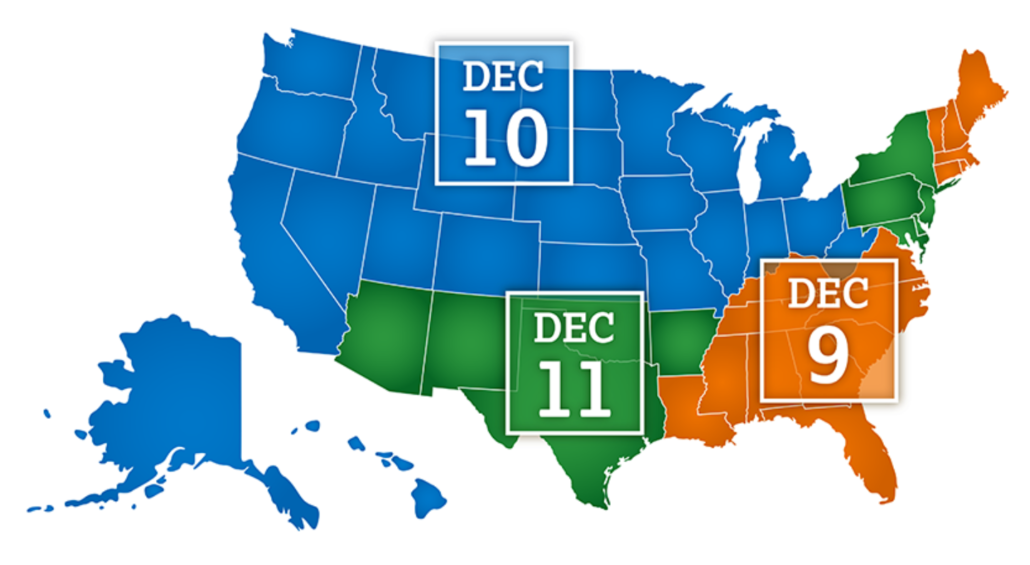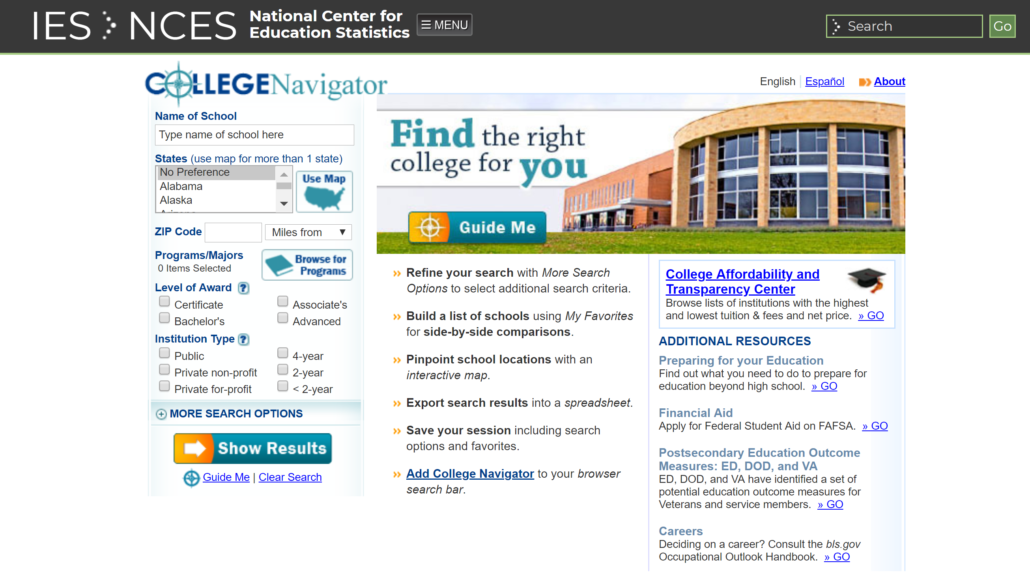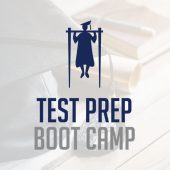The second week of December brings an early Christmas present to high school students: PSAT results. For some it can be just what they wanted. For other it’s a lump of coal. With the excitement of Fall football and the pressure of semester exams, it’s some high school students might have completely forgotten about the PSAT.
Whatever the circumstance, the scores come back this week. For some reason that isn’t quite clear, College Board releases the scores regionally over 3 days. All of the tests are scored, but for some reason a non-profit that generates over $1 billion in revenue can’t seem to get enough bandwidth or servers to withstand the screen-refreshing onslaught that will start on December 9th. (To be fair, Disney+ had a problem a similar problem on their launch, and EVERYONE knew that date was coming.)

Understanding what the scores mean and how you can use them to prepare for the SAT is now the key.
What do the scores mean?
PSAT scores have 2 purposes. For the vast majority of students, probably over 95%, they are supposed to be a chance for the student to see how they’re doing compared to the actual SAT. This is the biggest value of the test. Students get a score on a test similar to the one they’ll take for record that they can use to compare to the scores they will need.
For other students, the scores could mean academic awards, particularly National Merit Commended and National Merit Semifinalist. The National Merit awards are based on the test the student takes their Junior year of high school. A student earns “commended” if they score in the top 3% of test-takers nationally. “Semifinalist” is a little trickier. It’s supposed to represent the top 1% of scorers. That 1% is allotted by state, so the cut off scores vary from state-to-state.
Just to make the whole process a little more confusing (they have to be consistent with everything else related to college admissions), National Merit isn’t based on the four-digit composite score but on a three-digit National Merit Selection Index (NMSI). They do this to balance the out-sized influence that the Math section has on the composite score.
You’ll find your NMSI a few pages into your score report. You can also compute it for yourself if you need to. Multiply your Reading and Writing score by 2, add it to your Math score, and drop the zero.
Let’s say you scored a 1410 composite with a 710 in Reading and Writing and 700 in Math. 710 x 2 is 1420. 1420 plus 700 is 2120. Now drop the zero, and your NMSI is 212. Congratulations! That’s the Commended cut off for the class of 2020 and has been a consistent cut off for the last few years.
Since semifinalist cut offs vary by state, you’ll need to take a look at the cut off for your state. In Texas, where I work with most of my students, the cut off for the class of 2020 was 221. That means a student needed to have a composite 1470 with a 740 in Reading and Writing (740 x 2 = 1480; 1480 + 730 = 2210; NMSI = 221).
It’s important to note that the conversion means that for every 1 point your Reading and Writing score is below those thresholds, your Math score has to go up 2 points. A student with a 700 Reading and Writing and 710 Math misses the commended cut off by 1 point. In Texas, the lowest possible Reading and Writing score a student can get and still make semifinalist is 730. Since the maximum score possible in a section is 760, they can’t get enough points back on the Math to balance out the score. A student could have a 1480 with a perfect score on Math and a 220 NMSI.
So what do you do now?
What to do next depends a little on whether you’re a Sophomore or Junior.
For either, it’s time to make a list of schools you’re planning to apply to. For Sophomores, the list can be a little more tentative, but for Juniors, it’s time to get serious. Many Juniors will have already taken an SAT in addition to the PSAT, and they need to start creating a list of schools that have traditionally admitted students with their scores. They’ll also have a clear idea of what they need to work on to get better scores.

If you haven’t done any formal prep with a test prep professional, it’s likely that you could pick up 150-200 points with a quality course that leads up to a specific test date. If you’ve already done some sort of prep, it might be time to look for a professional tutor who can offer you 1:1 sessions built around a clear strategy to improve.
Sophomores should gauge how their scores measure up to the commended and semifinalist cut offs. If they’re within 25-30 points of those levels on the NMSI index, some focused prep could put them over the top. Organize your test prep plans around the October SAT of your Junior year and plan on taking the PSAT that will be just a few days later. You’ll be able to put your efforts into an SAT for record and use what you’ve done to help with the PSAT.
If you want help creating a plan that’s right for you, check out this series of articles I wrote that takes you through the process. Even better, complete our Test Prep Plan generator. Answer a few quick questions, and we’ll outline a plan that works for you.
And please contact me with any questions. I love to help students navigate this mess and make the process a little bit saner.







